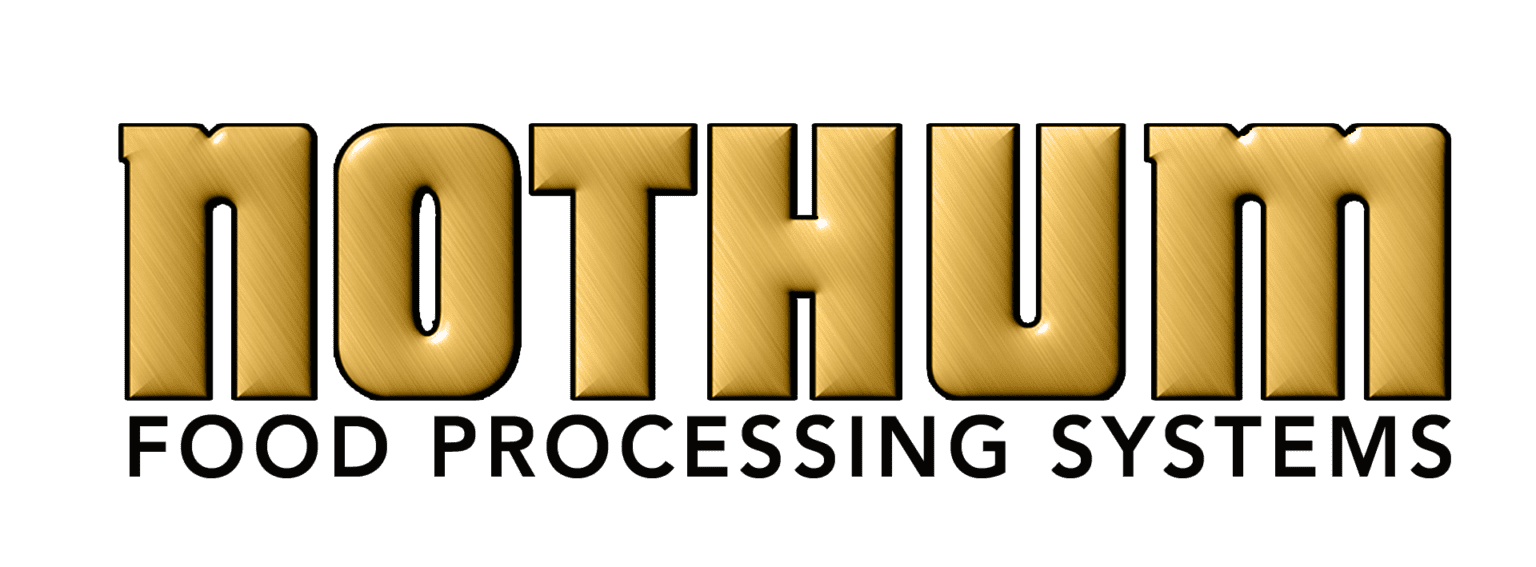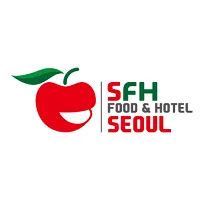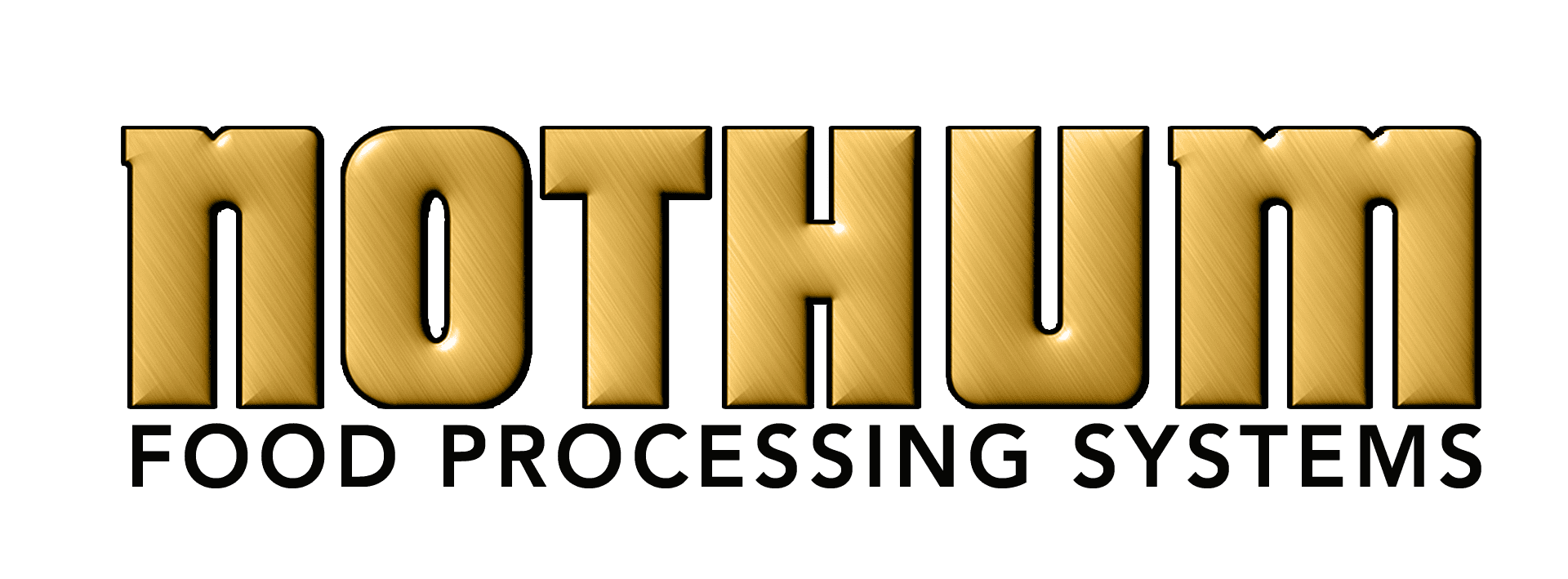Is your breading machine technologically advanced? Can it perform multiple functions in one machine? Is your machine keeping you from from being versatile?
Today’s trends make it hard to keep up with due to the ever changing demands from the consumer. There are several consumer trends affecting the food industry as a whole:
● Demand for long shelf life
● Demand for fast food, but healthy fast food
● Desire for “clean labels” with recognizable kitchen cabinet ingredients
● Gluten-free products
Consumers around the world are increasingly concerned about nutrition, ingredient quality and production methods, along with the still-important demand for flavor and convenience.
Bakery products, confectioneries, meat and poultry are among the categories seeing growth in demand for food coating ingredients.
So How Can You Satisfy Consumer Demands?
One of the most enduring cooking methods in human history, breading enhances the flavor, texture, appearance, nutrition and overall quality of a range of processed food items including meat, poultry, fish, veggies, baked goods and more.
It also plays a central role in the global food coating ingredients market, which is expected to reach $4.4 billion by 2022, according to estimates from Grand View Research.
Successfully leveraging the many factors propelling food coatings in general, and breading in particular, requires the right combination of ingredients and processing methods.
Technologically advanced breading machines, such as the SuperFlex by Nothum, adapt readily to multiple coating methods and ingredients, while providing the food manufacturer with maximum value.
SuperFlex Functions
In addition to breading ingredients selected, the food manufacturer’s choice of coating application method impacts the look and feel of the finished product.
The appropriate coating method will depend on both the substrate and the type of breading procedure used:
Drum Technique creates a crunchy home-style appearance on your chicken nuggets or tenders. When handling other products such as popcorn shrimp, formed nuggets and steamed or fresh vegetables, the drum application style is known to be delicate. In this mode the SuperFlex can be programmed to get an overall product pick-up between 30% – 50%.
TripleFlip Technique is a more delicate and less aggressive application style when comparing it to the Drum. This technique reduces skin-peeling on bone-in products, breakdown of fish products, and keeps formed chicken or patties from disintegrating. With this style you can expect a flaky and crunchy appearance on your product.
The HandToss Techique mimics the hand tossing motions found at home. The SuperFlex’s HandToss was designed for extremely delicate products that are still needing texture for added value. With its gentle tossing actions, it is able to apply coating to fish products, chicken, veggies and much more.
The Flatbed Technique is the least aggressive function that the SuperFlex can perform. The idea behind the Flatbed mode is to give texture to the product with the Knuckler, or increase pick-up on the product with the compression rollers. This application style has no breakdown of products and works well with formed products, chicken fried steak, vegetables, and chicken nuggets.
Breading Flour and Other Food Coating Ingredients
The selection of breading ingredients and application style will affect the appeal and quality of processed food products.
Advanced breading machines are capable of handling dense and fine breading options. Here are a few of the most widely used coatings:
American bread crumbs (ABC crumb). This versatile style works with a variety of applications. It gives food a homemade feel, with visible crusts, golden brown highlights and crispy texture.
Japanese bread crumbs (J crumb). Also called Panko breading, Japanese style features elongated, sliver-shaped bread crumbs with a delicate bite and gourmet appearance. It’s a pleasing upscale technique that can be formulated in different colors and granulations.
Cinnamon and Sugar. This finely decadent breading style gives dessert, breakfast, and other unique products a sweet-tasting finish. This process will typically follow frying.
Predust. A dense breading that provides an excellent binding agent for batter and tempura mixtures. A thin coating of predust will give your breaded product a firm coating for maximum fry tolerance. Resulting in a flaky, homestyle appearance.
Rubs / Seasonings. Adding flavor, zest, and spice is the perfect finishing touch your product needs. When applying rubs and seasonings, you can place this before, middle, or after cooking.
Flour. Often used as a pre-dust, flour is the simplest form of breading, and one of the most economical. It provides a dense coating with low surface browning. Because it is a dusty material, advanced breading equipment is needed to prevent flour dust from blowing around the plant.
Advanced breading equipment, such as the SuperFlex, comes with the versatility to apply ABC crumb and J crumb, along with multiple other coatings including flour, cinnamon, sugar and more.
In order to apply both dense and fine breading, the concern of cross contamination must be taken into consideration. This is why the SuperFlex has a built-in dust control system that reduces the amount of floating particles and increases the cleanliness of the air quality.
Do you have questions about selecting the right breading equipment?
Contact us at Nothum Industries to learn more about the SuperFlex. It works with a wide variety of breading ingredients, combines multiple functions in a single machine, and helps you create quality food products and enjoy quick ROI.








